The Philosophy of Improvement
When the Goodtime banjo was first introduced, it was the only banjo in the price range that had a hard wood rim. The rim was a multi-ply rim of maple and birch, and created a sweet, rich, and bright sounding banjo. It quickly became the recommended choice of banjo teachers to their students.
Deering could have rested on the laurels of this success, kept the banjo exactly as it was and it would have continued to be the best and most popular banjo available at the price point. But, when Deering discovered the fabulous tone of the “violin grade maple” used in all Deering made upperline banjos, Greg Deering broke every tradition in the world of music by building every Goodtime banjo with the same three ply, “violin grade maple” rim. He did this without raising the price. The same three ply, violin grade maple rim concept that is used in banjos costing more than $32,000 is used in the affordable Goodtime banjos. Traditionally, less expensive banjos from other companies have always been made with less expensive materials. The Goodtime banjo broke that mold.
The Sierra banjo, when first introduced, was called “the Standard”. It had a rosewood fingerboard, dot inlays on the fingerboard, and a silk screen for the peghead adornment. At one point, after customer requests, Greg Deering decided to just make the Standard with an ebony fingerboard - without raising the price. Then, when Greg discovered a way to cut inlays by utilizing a new technology, he instantly upgraded the Sierra again by adding some beautiful, maple inlays wrapped around the mother of pearl dots on the Sierra fingerboard. Again he did this without raising the price.
This upgrade was so well received that Greg used the same technology and some new synthetic material to upgrade the Sierra even more. The new Sierra had beautiful new inlays on the fingerboard but also on the peghead, and the popular mother of pearl dots and maple inlays were then reassigned to the Boston banjo which was an upgrade to that model as well - without raising the price for either the Sierra or the Boston.
Soon, the Deluxe was upgraded with a beautiful new set of inlays. Then, after that, the Deluxe was changed to walnut neck and resonator - without raising the price.
When the first Deering banjos were built, the tone ring was a beautiful sand cast bell bronze tone ring. Though it was known around the world and is still played and cherished, Greg discovered a new alloy and a new tone ring shape. This gave the banjo an even clearer, sweeter, and rounder tone. So, in 2006, the new -06- tone ring was introduced ushering a new era in strong fundamental banjo tone with the most complimentary harmonics in banjo history - without raising the price.
The new -06- tone ring was an instant success and was immediately built into every Deering banjo… - without raising the prices of the models.
But Barry, banjo prices have gone up.
Like every business the cost of metal, wood, glue, electricity, shipping, fuel, and labor costs have been the driving force in price increases….but at Deering, the price increases were not in the improvements.
Greg Deering’s focus from the beginning of Deering banjos was to offer the world the most beautiful banjo possible and never miss an opportunity to improve every aspect of every banjo regardless of the price point.
This never ending “philosophy of improvement” has created banjos with the strongest and clearest “fundamental note” made today. The fundamental tone or fundamental note is the note being played. For example, if you pluck the D string, the fundamental tone or note is a D. However, if the related harmonics of that note are not “complimentary” then the note can sound at best “indistinct” or “blurred” or “distorted…fuzzy”. But if the note is precisely defined, where the “fundamental note” is clearly presented, and the complimentary harmonics of that note do not “clash” with the fundamental, then the banjo is said to have a “clear fundamental.”
Deering makes the only banjos available today that have enough “fundamental tone clarity” to be played in a classical music environment. This fundamental tone clarity is the result of the tone wood in the rim, the fit of the tone ring to the rim, the shape and alloy of the tone ring. The shape, fit and materials themselves are the components that contribute to the pure sound production of a banjo. Classical tone purity means the instruments can blend well, or stand out as solo instruments.
Most orchestras have rejected banjos in the past because the fundamental notes of most banjos have sounded “tinny” or “thin” or “un-pleasantly piercing.” This is commonly caused by a thin fundamental note, with overtones that are too loud, or not “in tune” with the fundamental note.
Deering’s “philosophy of improvement” has allowed players like Jens Kruger to play the banjo with orchestras around the world.
Deering has invested heavily in improved tooling, jigs and manufacturing techniques to continually improve every banjo and this has been “the Deering Way” since the company’s inception in 1975. It is this “philosophy of improvement” that has positioned Deering as “the Most Popular American Made Banjo In the World”.
This is a position in the banjo market that has been entrusted to us by our customers, and one that we never, ever take for granted.


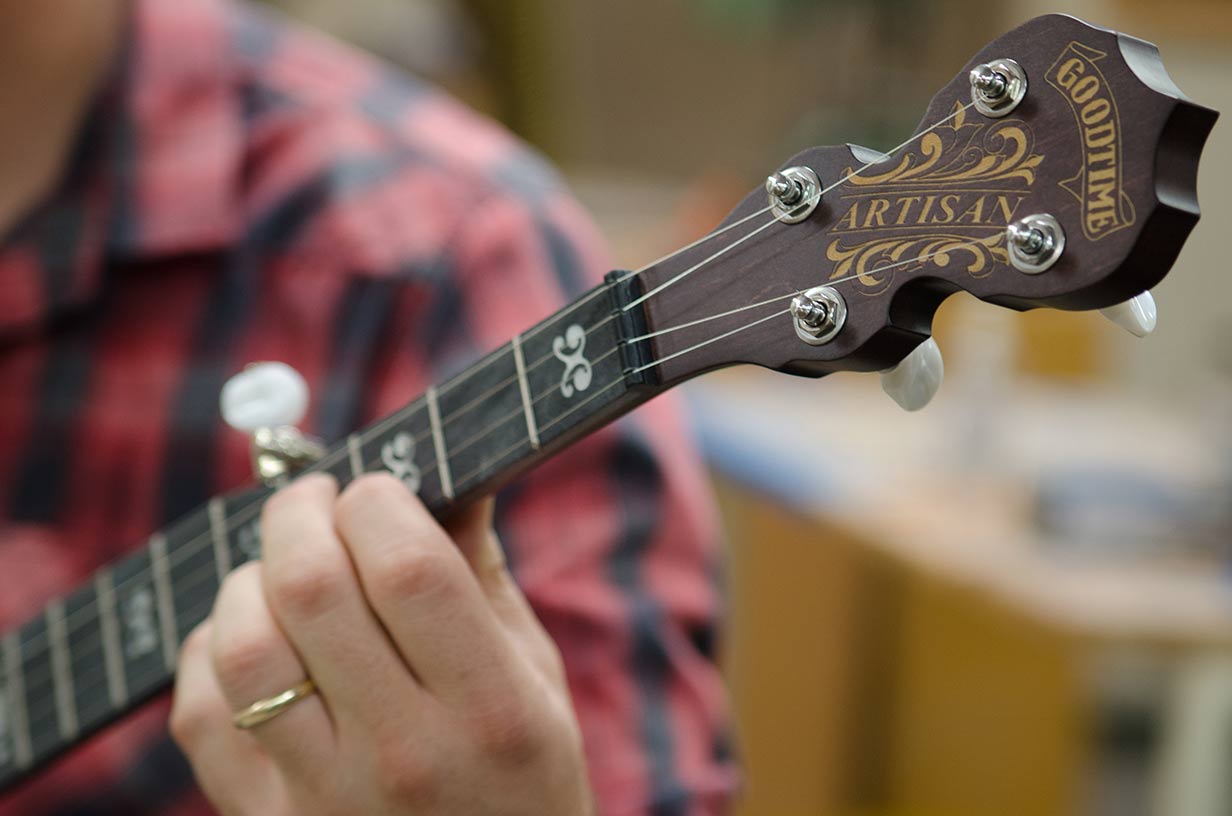
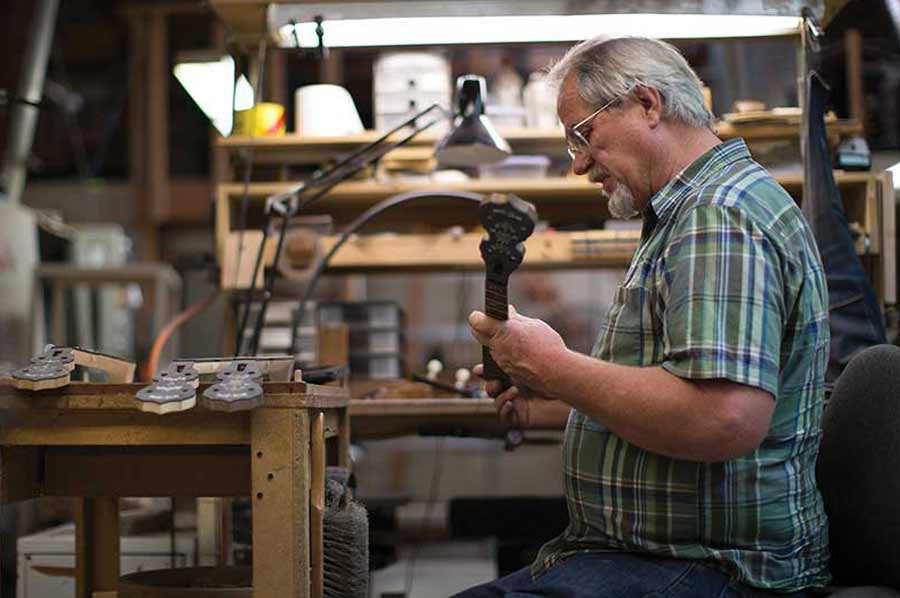
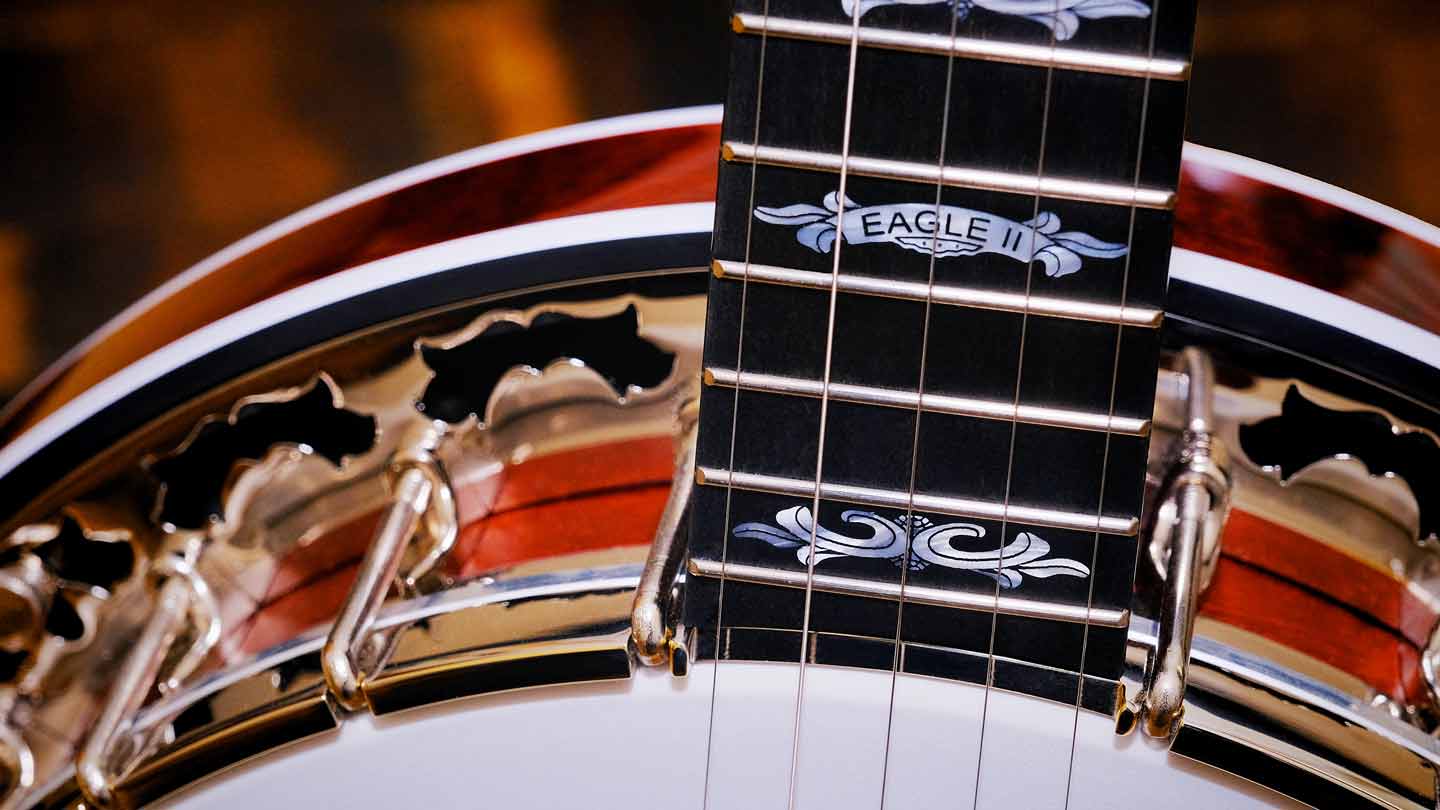
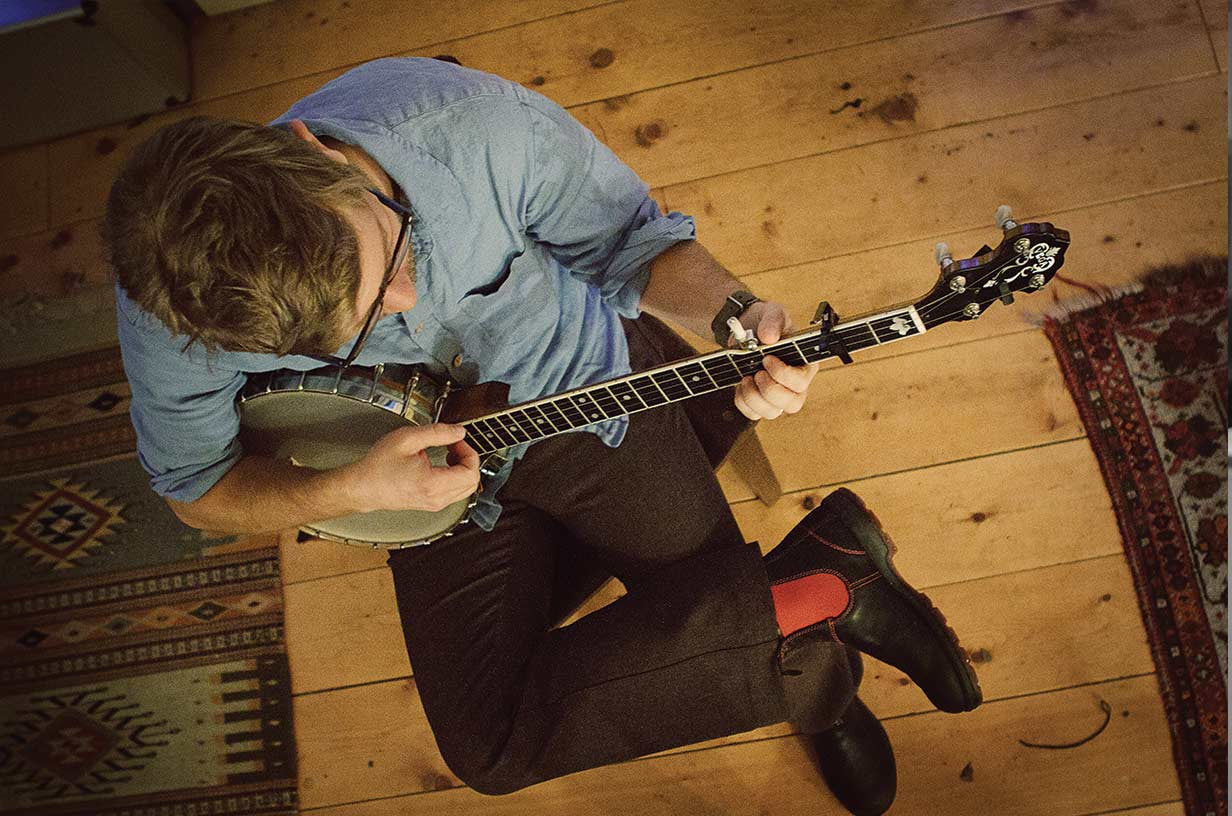

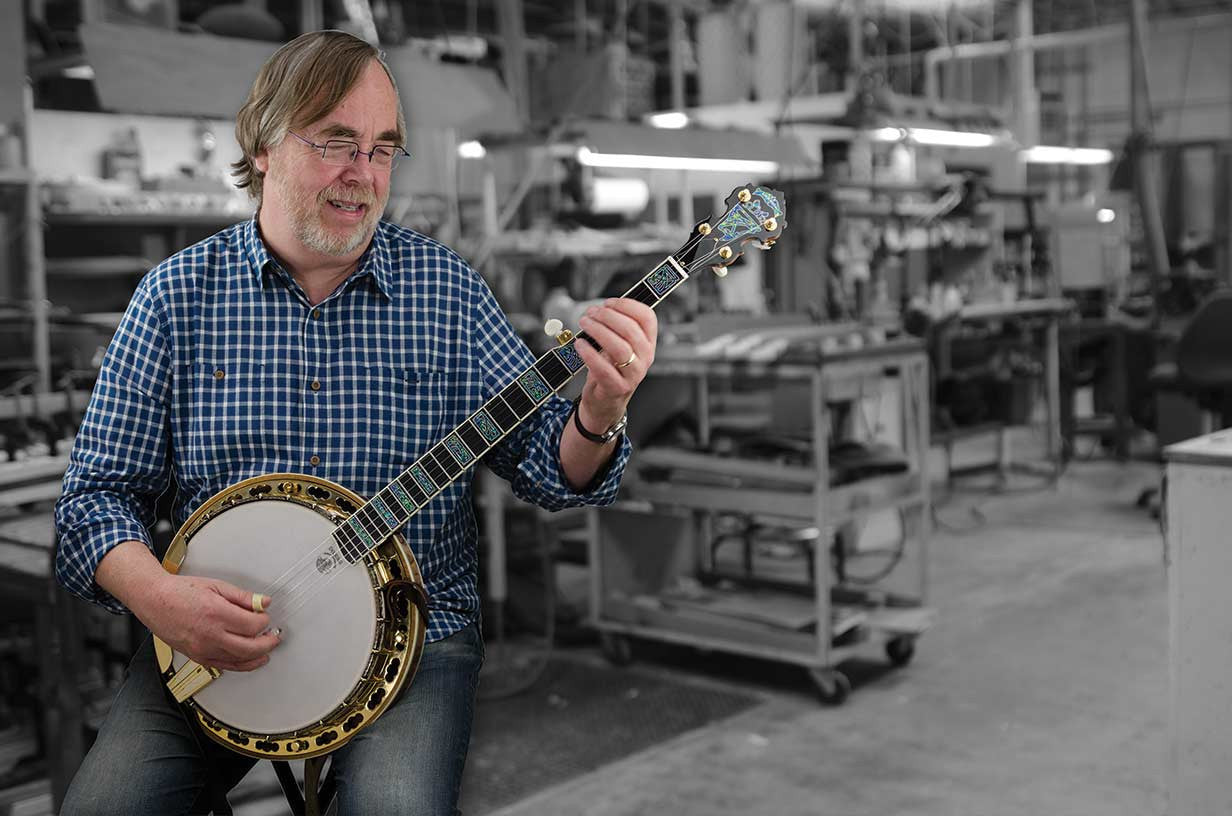
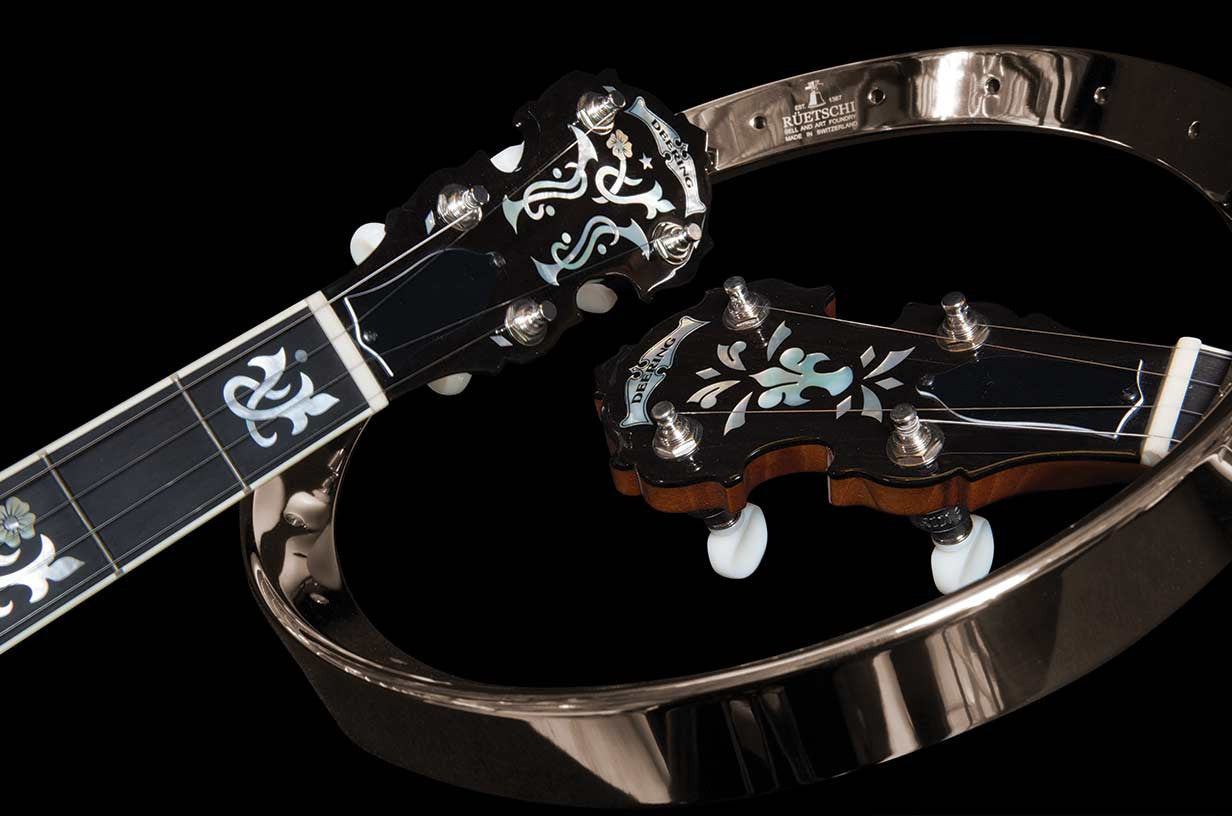
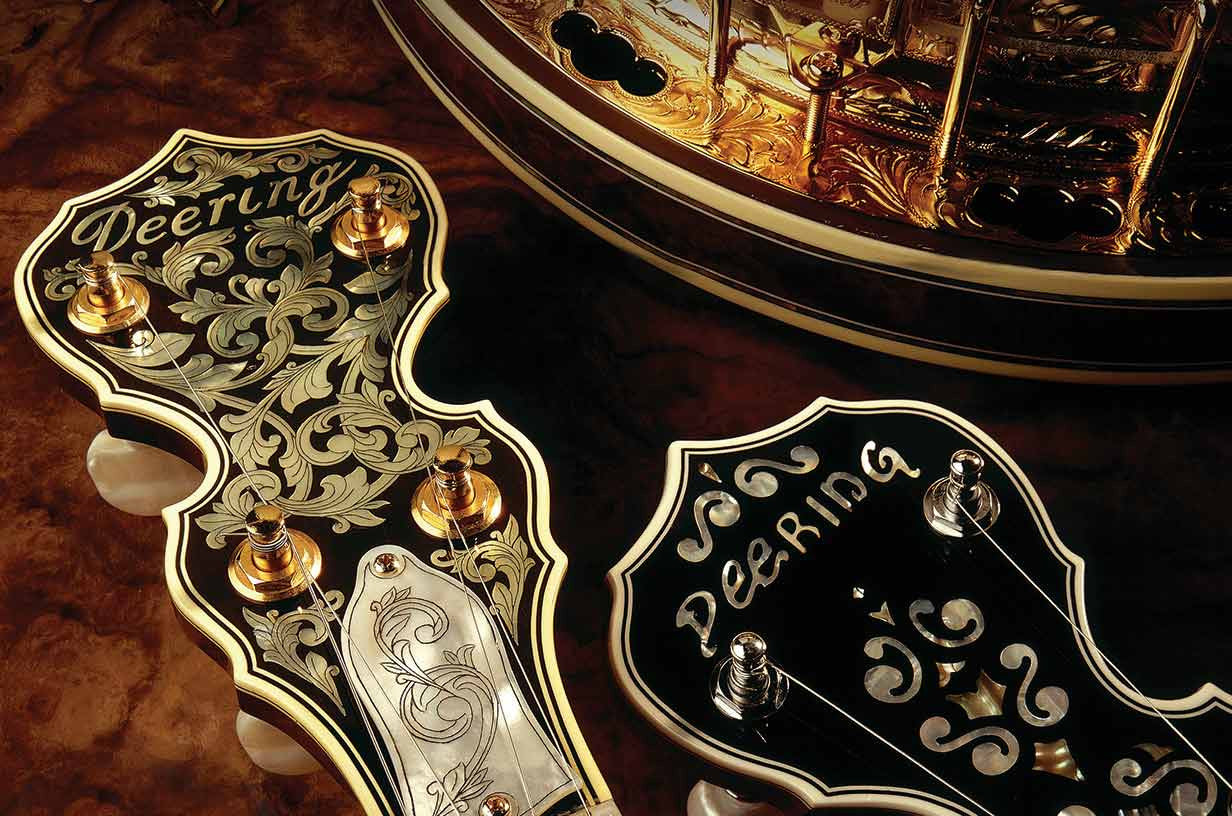


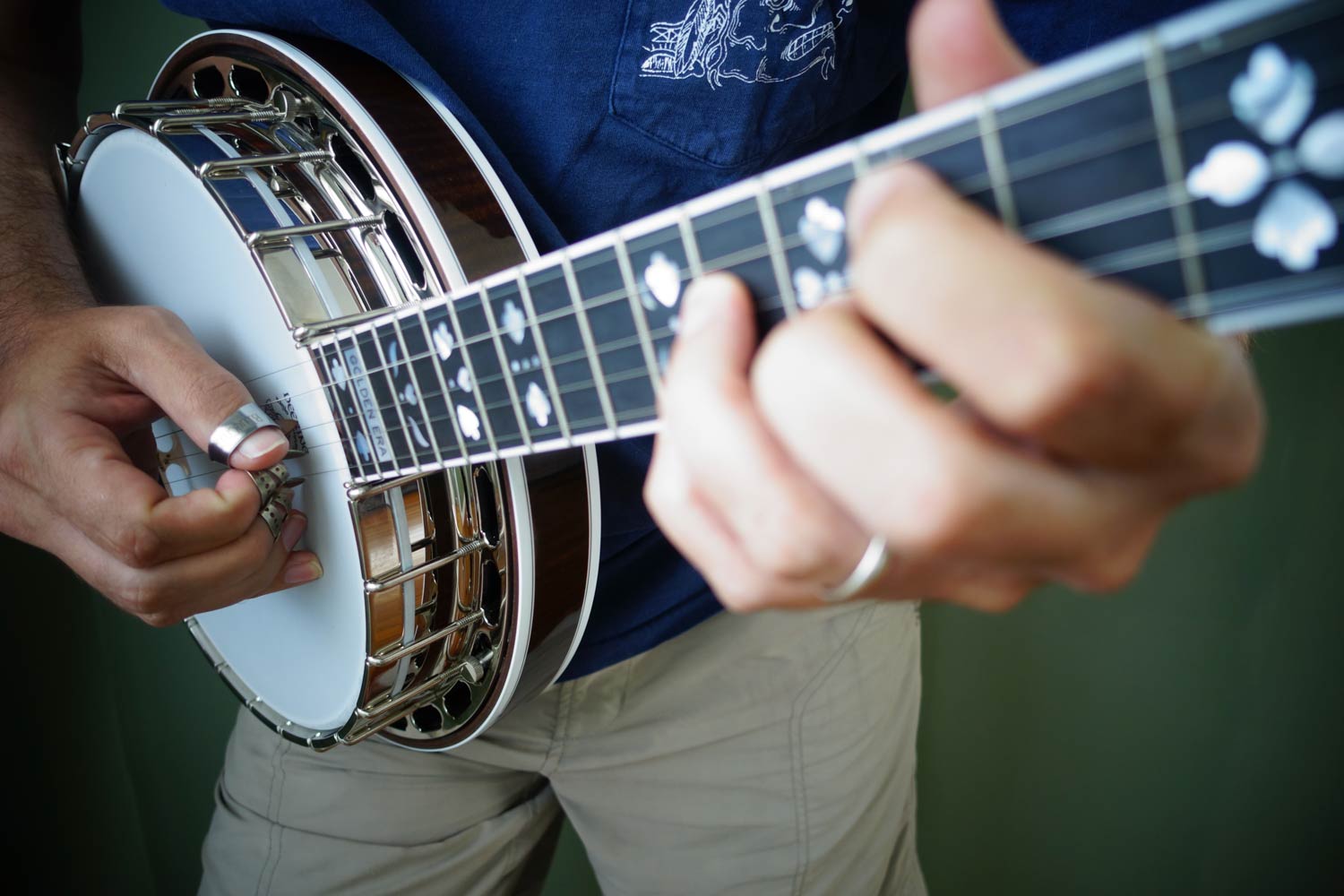
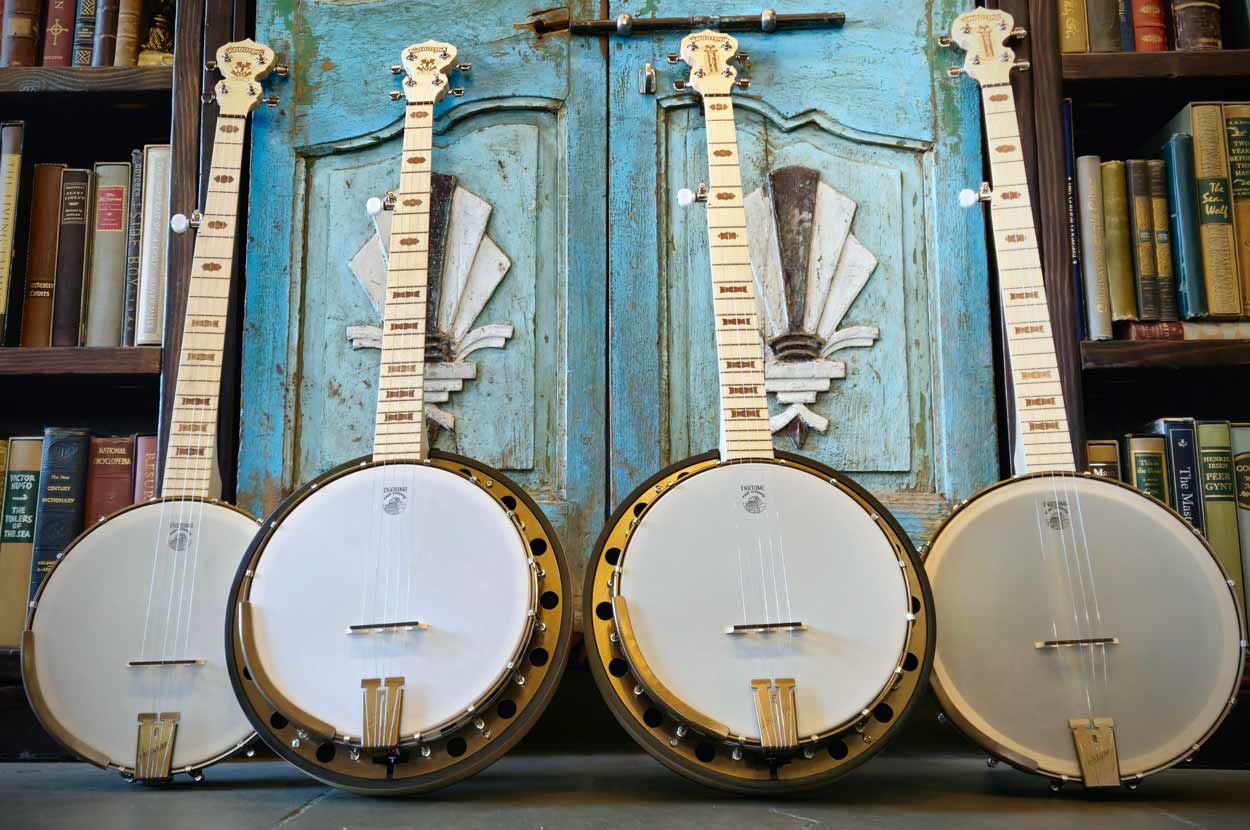


I have been a Vega banjo owner since 1964. I have recommended the Goodtime banjos to several friends because of their great sound and workmanship.
I still can`t afford one, & I`m only looking for a resignator with spikes and a beautiful sound,i guess it`s out of my picture being 78 yrs. old & living on ssc
Thanks a lot for your Goodtime banjo !I am franch player and I bought Two Deering banjos
The First one is a Goodtime spécial open back and the second one is a Goodtime Americana .
They really blow my mind !
I’m not a performer (yet) and possibly never will be. I am a perpetual student who never has enough time to practice in this busy world, even though I’ve been retired for 8 years now. But when I went in to the factory 3 years ago to buy “up”, I had no knowledge of all the aspects of what makes a perfect banjo. I just know what I like, what I could afford, and how it sounds to me. So I guess I’m saying that I’ve put my trust in the integrity of Greg and Janet Deering to make sure that I didn’t buy something substandard. Frankly, I wouldn’t have known the difference between a clear fundamental note or a blurred one. But I can say my trust in this company has never been compromised. I have a wonderful sounding Eagle II and will rise to its potential someday in this decade… I hope! Nice article, Barry!
I’m not a performer (yet) and possible never will be. I am a perpetual student who never has enough time to practice in this busy world, even though I retired 8 years ago. But when I went in to the factory 3 years ago to buy “up”, I had no knowledge of all the aspects of what makes a perfect banjo. I just know what I like, what I could afford, and how it sounds to me. So I guess I’m saying that I’ve put my trust in the integrity of Greg and Janet Deering to make sure that I didn’t buy something substandard. Frankly, I wouldn’t have know the difference between a clear fundamental note or a blurred one. But I can say my trust in this company has not been compromised. I have a wonderful sounding Eagle II and will rise to its potential someday in this decade… I hope! Nice article, Barry!
Leave a comment